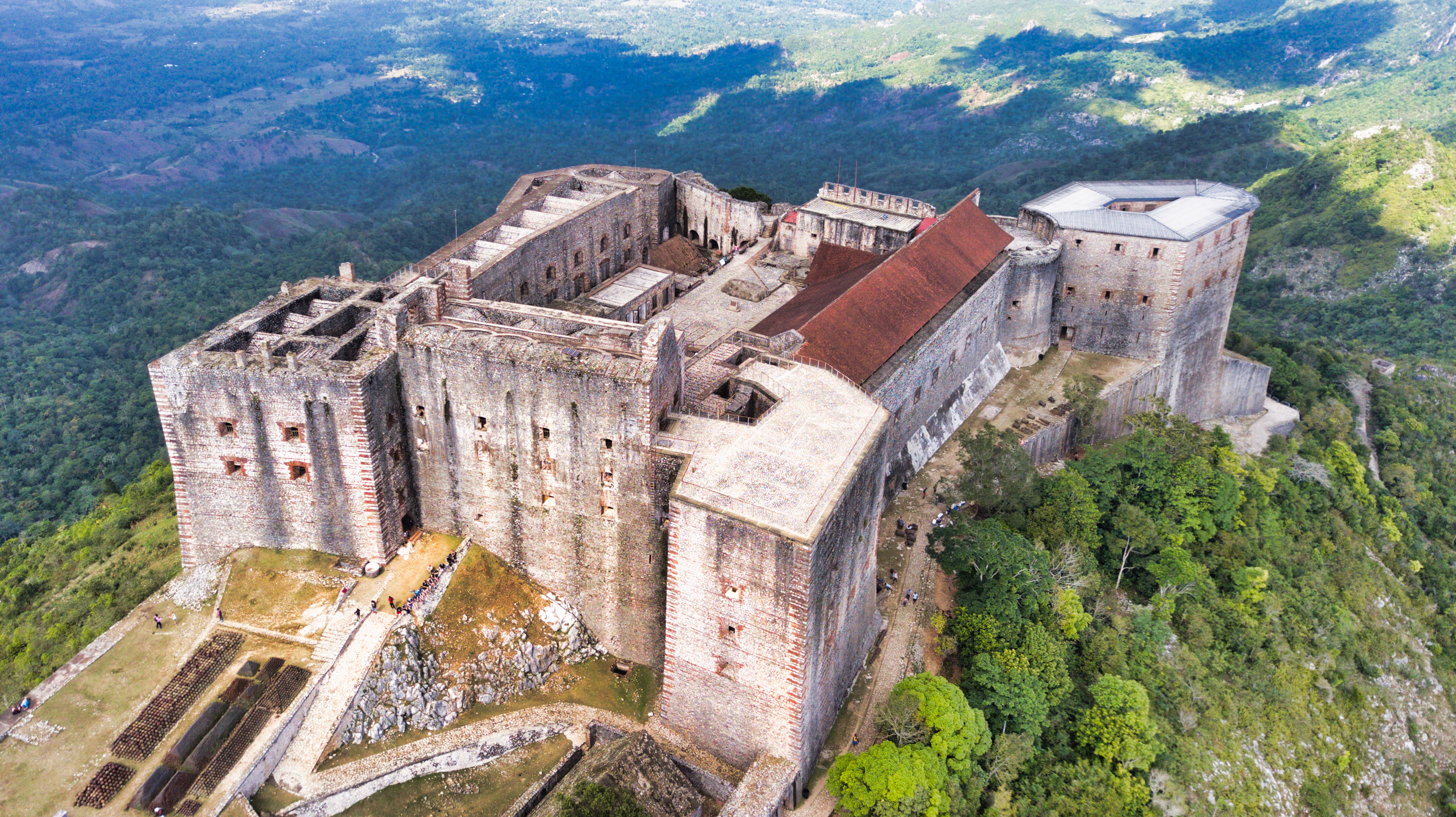
LABADIE, Haiti — The postcard-perfect curves of Labadie Bay in northern Haiti still sparkle in the sun, but the soundtrack has changed. Where steel drums once greeted thousands of cruise-goers each week, only the gulls and the rustle of palm fronds are left to perform. The village of Labadie — called “Labadee” on cruise itineraries — now illustrates how Haiti’s wider security crisis is rippling far beyond Port-au-Prince.
Northern Haiti’s tourist haven goes quiet
For decades, Royal Caribbean International has leased a forested peninsula opposite Labadie village, branding it as a private playground of zip lines, beach bars and straw-market huts. The arrangement, first signed in the 1980s, brought a steady stream of passengers who disembarked for daylong excursions but rarely ventured deeper into Haiti.
The pipeline shut down in April, when the cruise line halted all calls to its Labadee port through at least October. The company cited rising gang violence across the country and the difficulty of guaranteeing shore-side safety.
Locals left counting empty berths
A flotilla of about 20 brightly painted water taxis, once busy ferrying visitors across the lagoon, now drifts idly at anchor. “There are no more tourists,” water-taxi owner Cassiani Orélis said in an interview with the French newspaper Le Monde. The forty-seven-year-old father added that he and his peers have survived the last six months on fishing and odd jobs alone.
According to residents, vendors who rented snorkel gear, cooked grilled snapper or braided hair for cruise passengers have watched their income evaporate. Local guides who led hiking trips into the surrounding mornes — the twin ridges that cradle the bay — likewise report a season of cancellations.
Why the pause matters for travelers
Cruisers holding reservations that include Labadee should confirm itinerary changes directly with their cruise line. Most sailings are being rerouted to the Dominican Republic or the Bahamas. Guests who independently booked shore excursions in Haiti should request refunds through their providers.
Beyond cruising, independent travel in Haiti has grown increasingly complicated. The U.S. State Department maintains a Level 4 “Do Not Travel” advisory, citing kidnapping, crime and civil unrest. Commercial flights into Cap-Haïtien, the international gateway 12 miles west of Labadie, continue to operate but remain subject to sudden schedule shifts.
Security snapshot
- Port-au-Prince: Armed gangs control key roads and neighborhoods, making overland transit perilous.
- Cap-Haïtien: The city itself has avoided the worst violence but can experience protest-related roadblocks.
- Labadee peninsula: Access is by sea only; the resort compound is fenced and normally patrolled by private security.
What’s still open — and what is not
The fenced-off Royal Caribbean enclave remains technically operational, with maintenance crews tending cabanas, buffets and the coast-hugging Dragon’s Breath zip line. However, without ships in port, the facilities are closed to guests. Nearby hotels in Cap-Haïtien, including the colonial-era Hotel Roi Christophe and the beachfront Cormier Plage, continue to accept reservations, though occupancy has fallen noticeably since cruise traffic ceased.
Cultural treasures within reach
Travelers able to navigate the security environment are rewarded with some of Haiti’s most significant heritage sites. The Citadelle Laferrière, a UNESCO World Heritage fortress perched 3,000 feet above the Plaine du Nord, is a day trip from Labadie by car and horseback. The adjoining Sans-Souci Palace ruins evoke Haiti’s post-independence grandeur. Guides and drivers can be arranged through Cap-Haïtien hotels; confirm costs and security protocols in advance.
Voices from the bay
Even in the face of hardship, locals express both frustration and hope. “All we have left is fishing,” Orélis said, “but we know the sea can carry us through hard times.” His sentiment echoes along the shore where souvenir kiosks sit shuttered, their hand-painted ‘Welcome’ signs slowly fading under the Caribbean sun.
Tips for Travelers
- Monitor advisories: Check the U.S. State Department, U.K. FCDO and Canadian travel warnings daily; conditions can change overnight.
- Stay flexible: If flying into Cap-Haïtien, purchase changeable tickets and allow extra layover time in case of delays.
- Use vetted operators: Arrange transfers and tours through hotels or agencies with proven security protocols.
- Cash is king: Power outages and weak connectivity can disable card terminals; carry small U.S. bills or Haitian gourdes.
- Respect local customs: Haitian Creole greetings and modest dress in villages foster goodwill.
Frequently Asked Questions
- Is Royal Caribbean still sailing to Labadee?
- No. The line suspended calls in April and says the hiatus will last until at least October.
- Can independent travelers visit Labadie?
- Yes, by charter boat from Cap-Haïtien, but visitors should conduct rigorous risk assessments and coordinate with local contacts.
- What happens to existing cruise bookings?
- Itineraries are being revised; passengers typically receive alternative ports or onboard credit. Confirm with your cruise line.
- Is the Citadelle open?
- Yes. Local guides report the fortress remains accessible, though road conditions fluctuate.
- What about travel insurance?
- Purchase a policy that covers political unrest and medical evacuation; read exclusions carefully.
The outlook for northern Haiti tourism
Industry observers note that cruise lines have paused Haitian calls before, usually returning once tensions subside. Royal Caribbean’s investment in Labadee — including pier extensions that accommodate its largest Oasis-class vessels — suggests the company intends to resume operations when feasible. For now, northern Haiti’s tourism workers wait, casting fishing lines where snorkelers once paddled and hoping the tide of visitors will rise again.
— as Orélis told Le Monde.


